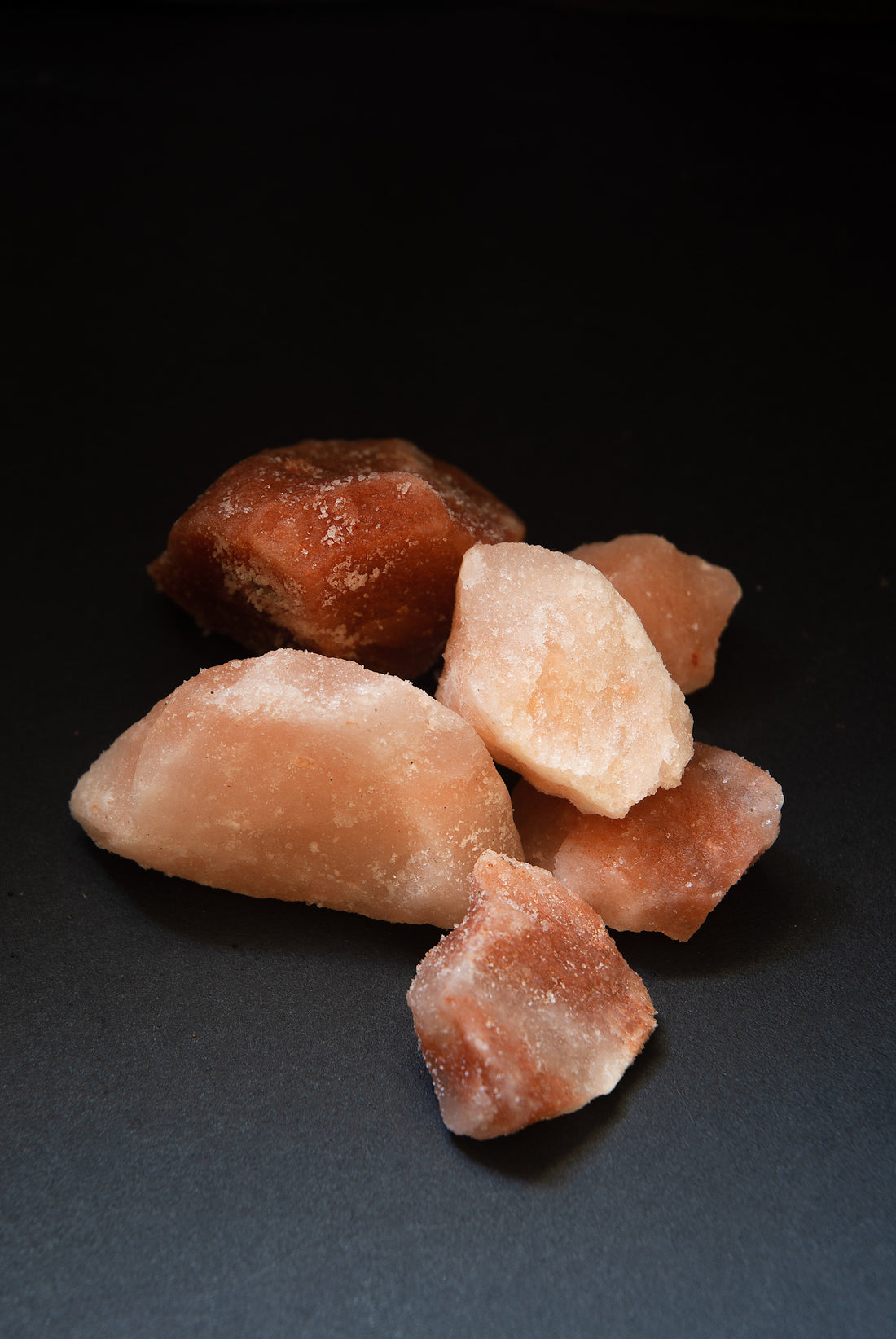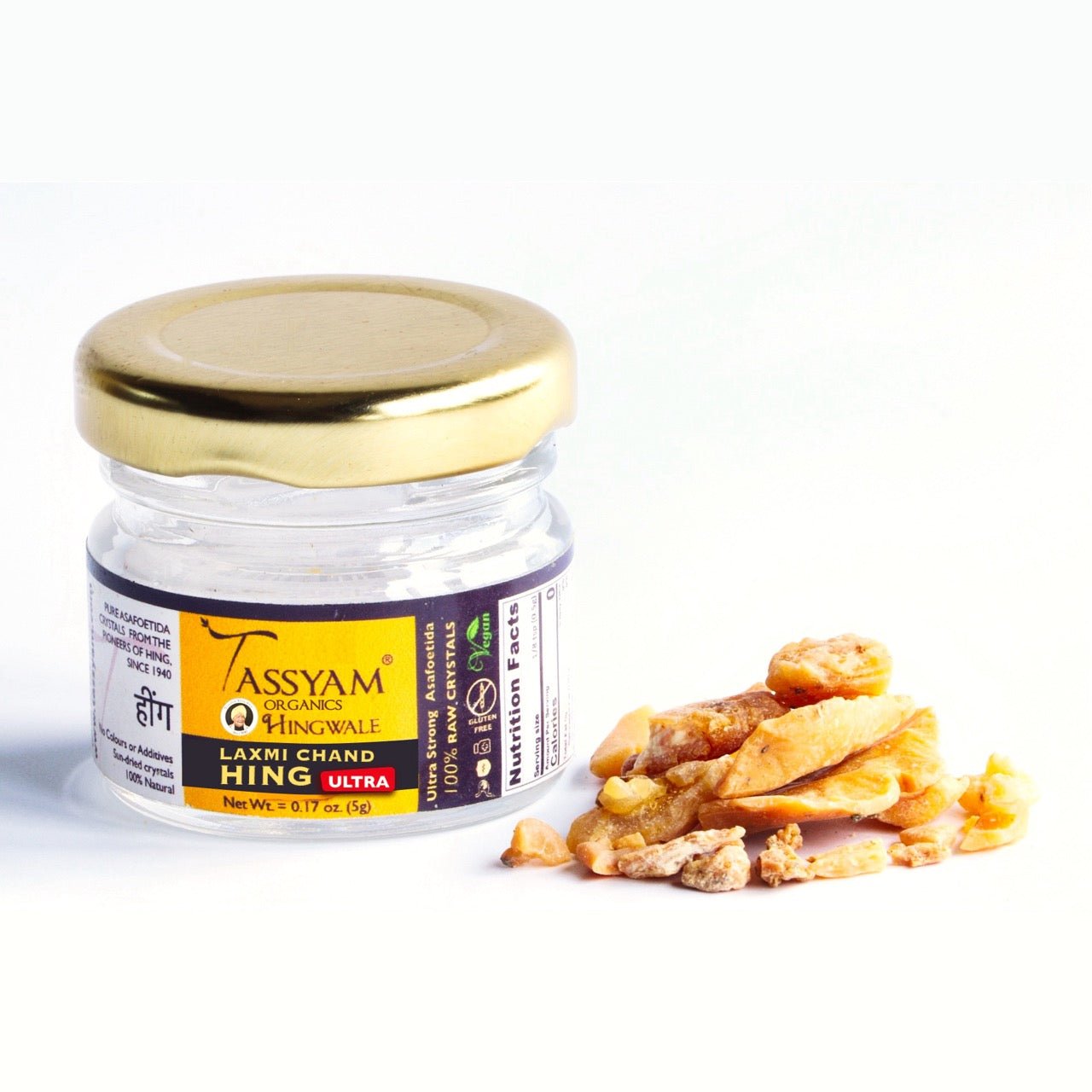
Everything You Need to Know About The Variety of Salts
Share
Whenever we hear the word "salt", only three things come to our mind- NaCl (the chemical formula of salt), how it is related to maintaining the levels of iodine in the body and its major use as flavouring and preserving agent in foods. But, is there something that we are missing? Yes, a lot actually.
Gone are the days of knowing and using just two to three types of salt- table salt, rock salt and black salt. While the ones that we have grown up eating and seeing the advertisements on TV about are good enough in their own place, there is a whole variety of salts that exists in our own country and have abundance of health benefits and flavour profile.
Here's a list of salts you should know about.
1. Himalayan Pink Salt

Himalayan Pink Salt, as the name suggests, is a pink-coloured salt extracted from Khewra Salt Mine, which is located near the Himalayas in Pakistan. The Khewra Salt Mine is believed to be one of the oldest and largest salt mines in the world. Just like regular salt, pink salt contains high amounts of sodium chloride. But unlike table salt, pink salt is naturally extracted and minimal processing ensures that the end product is free of additives and yet unrefined. For this reason, it has other minerals which are not present in table salt.
Because of these added minerals, this salt gets it characteristic pink colour. In addition, Pink Salt has some health benefits as well. Although there is very little research to support these claims. Some of these health benefits are improving respiratory diseases, balancing body's pH levels, improving sleep quality, regulating blood sugar and reducing signs of ageing.
Shop for Tassyam Himalayan Pink Salt Whole or this Pink Salt granules grinder bottle for easier use.
2. White Himalayan Salt

White Himalayan Salt is one of the rarest of Himalayan Salts and freest of impurities while still containing all the benefits of pink salt. Himalayas has a variety of salts which differ in composition, pattern and colour ranging from white to pink to red. The main reason behind this variety in colour is because of the presence/absence of iron oxide. White Himalayan salt is free of impurities and has almost zero amount of iron oxide and hence, the pale white colour. But, just like pink salt, it contains 84 naturally occurring minerals and is rich in negative ions, which helps in stress reduction and boosts energy.
Buy Tassyam White Himalayan Salt granules which is 100% natural and has no added flavour and preservatives.
3. Garlic Salt

Garlic Salt is a type of seasoned salt made using dried, ground garlic, salt and a caking agent (calcium silicate). Usually the ratio of garlic to salt is 1:3, i.e., three parts of salt for every one part of garlic. You can use garlic salt as a salad dressing, seasoning to marinade your chicken and fish or as a replacement for table salt when a recipe calls for fresh garlic and you do not have any handy.
Shop Tassyam Garlic Salt which comes with a reusable grinder to reduce environmental waste.
4. Sea Salt

As the name suggests, sea salt is salt produced by evaporation of ocean water or water from saltwater lakes. It is less processed than table salt and contains traces of minerals which add flavour and colour. Some of these minerals are potassium, iron and calcium. Sea salt finds its usage not only in the kitchen but also in body scrubs, bath bombs, beverages and desserts. Sea salt keeps the body hydrated for a longer time, reduces water retention in the body, balances the electrolytes level which is vital for muscle, brain and heart health and also has anti-inflammatory properties.
5. Kosher Salt

Kosher salt is a coarse edible salt used in cooking, brining or koshering meat and cleaning cookware like cast iron pans and skillets. Kosher salt, because of its coarse grain size, makes it ideal for the koshering process i.e., removing the blood from the meat or poultry before preparation. It comprises mainly of sodium chloride and is usually not iodized and free from additives like anti-caking or anti-clumping agents.

